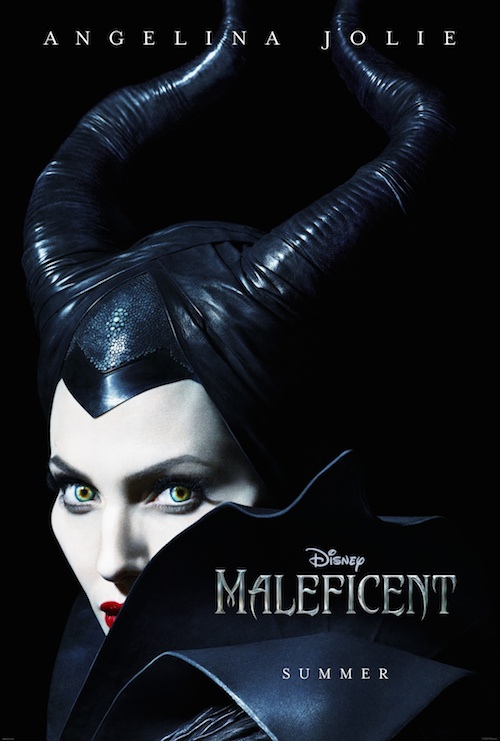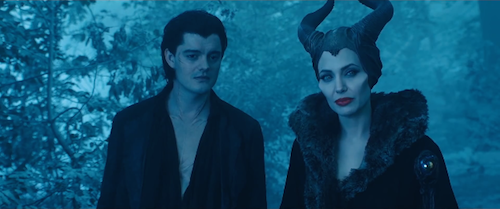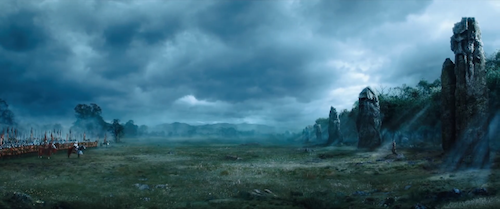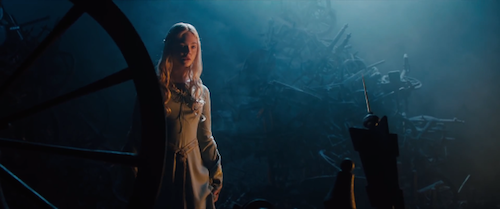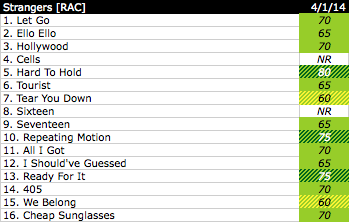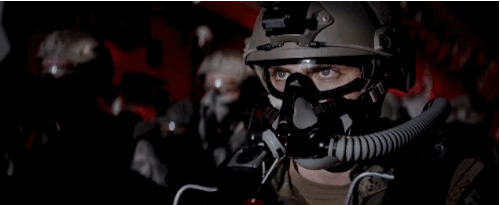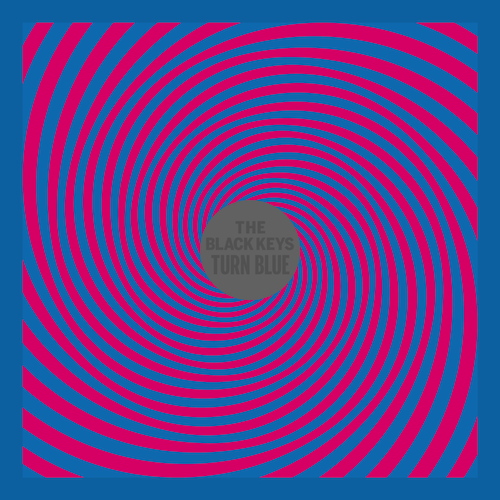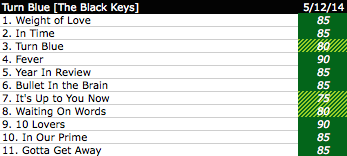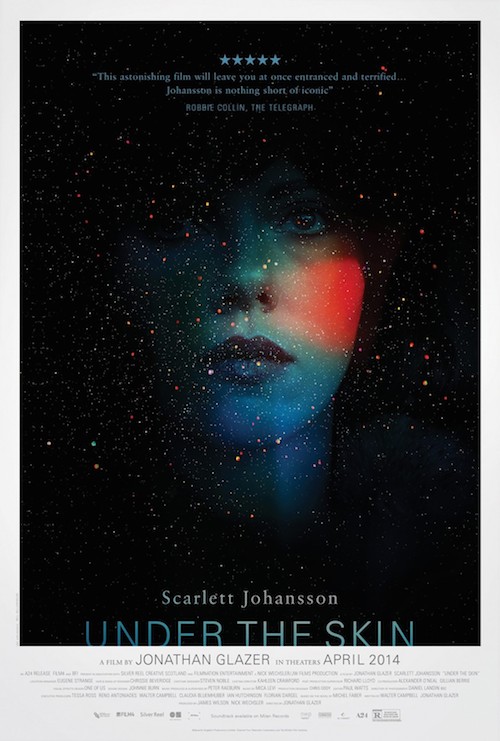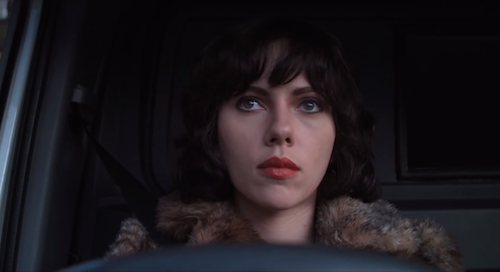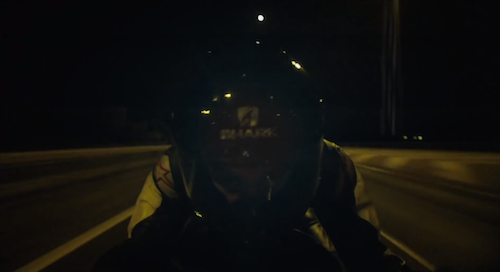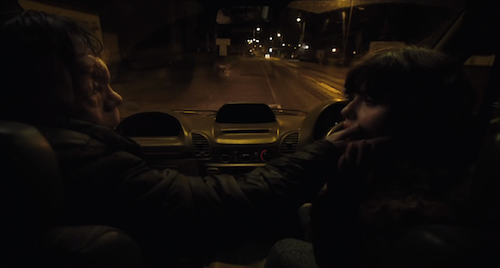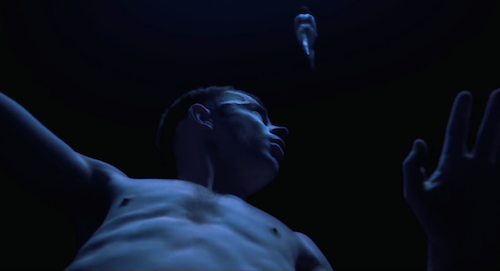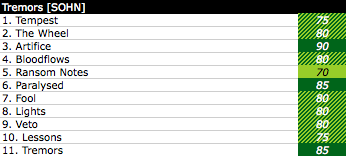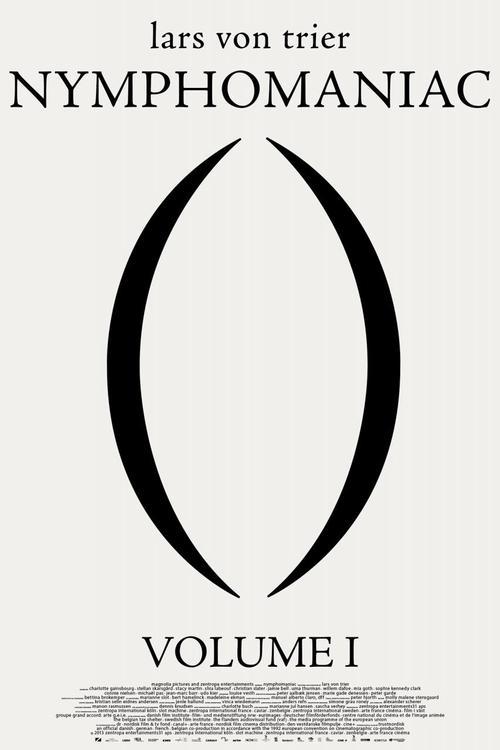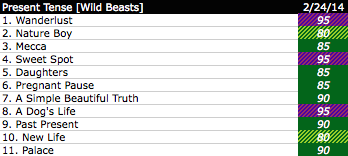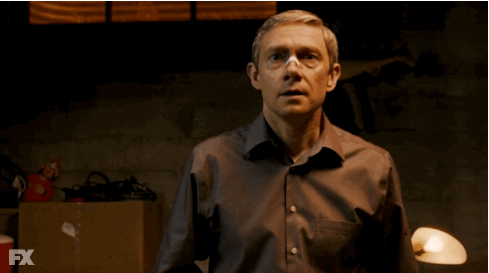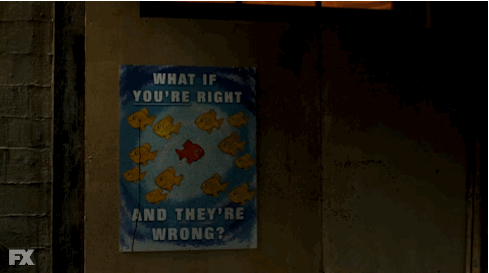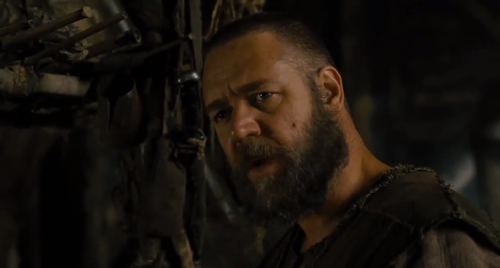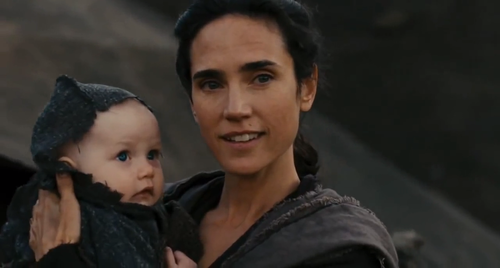Angelina Jolie Struts Her Stuff in Robert Stromberg’s Directorial Debut Maleficent, a Visually Enticing but Overly Simplistic and All-Around Unoriginal Reconstruction of the Disney Classic Sleeping Beauty
There is one word that can be used to sufficiently describe Robert Stromberg’s directorial efforts in his debut Maleficent, and that word is amateurish. He starts off with a spin on a classic childhood movie that places the focus on the original supposed antagonist – a concept that is both clever and somewhat uninspired (refer to Wicked and more recently, Oz the Great and Powerful). He then employs a plot so painfully simple and straightforward, it even manages to make 97 minutes feel like a stretch. He tosses in some straight-from-the-source dialogue and a few awkwardly fitting characters – Maleficent’s crow, who also doubles as her eternally indebted shape-shifting cohort; an irrelevant generic Prince Charming who occupies roughly five minutes of screen time; and the three pixies who more closely resemble the klutzy comical witches of Hocus Pocus than their original counterparts. Finally, he blends everything together, applies a fantastical, Alice In Wonderland-esque visual aesthetic filter, and slaps the Disney logo on top to create an expensive blockbuster that never feels even remotely unique. The only aspect of this movie that stands out (and makes you wonder whose movie this truly is) is the riveting, spot on performance from Angelina Jolie.
There is no doubt that Jolie’s performance – heck, even her presence – enhances Maleficent. However, I would take it one step further and argue that, without Jolie, Maleficent would be nothing (sorry, Stromberg). Maleficent works for Jolie in two ways. Firstly, it serves as a safe and reliable investment for an executive producer who also happens to be the lead actress. I concede that Maleficent isn’t a flat-out bomb; it would really take a lot to screw up such a straightforward and tasty (if not fresh) film. Jolie hopped onto this venture with the assurance that it would not scar her reputation in the financial world of film. Secondly, Maleficent works as a steadfast vehicle for a prominent actress who hasn’t flaunted her fabulous lips and cheekbones on the big screen for almost four years. This title role allows her to slip back into theaters without having to devote herself to a heavy and overly involving dramatic role, while at the same time not scarring her reputation in the acting world of film. Simply put, Jolie is a beautiful genius, and while Maleficent surely isn’t her “best” work, it does what it needs to without shedding any blood.
While Maleficent fails to succeed on many fronts, it is necessary to discuss one of the largest aspects the film miraculously manages to get just right. Maleficent looks just as glorious as it should – and I am referring to both the film and its powerful protagonist. It is actually not too much of a surprise to find that Stromberg gets the visual effects right. Before Maleficent, Stromberg worked in the visual effects departments of such films as Pan’s Labyrinth, The Golden Compass, and Pirates of the Caribbean: At World’s End, as well as a production designer for Avatar, Alice in Wonderland, and Oz the Great and Powerful. In Maleficent, Stromberg achieves clean equilibriums in his visual aesthetic between dark and light, somber and wonderful, and dynamic and static. He expresses emotion best not through dialogue and acting, but through color and atmosphere, a laudable feat for a man who worked so long in the visual department. Maleficent the fairy also represents the epitome of bringing fiction to life through exceptional production design and costume and makeup. In the film, Jolie is never masked or dressed up to be someone else. Instead, her accessories enhance her being and elevate her persona into the most intimidating fairy I’ve seen on the big screen in quite some time. In fantasy film, little is more important that ensuring that the larger-than-life characters still resemble reality and humanity, and Maleficent pulls this off flawlessly.
In the end, Maleficent will undoubtedly appeal to its target audience, as well as garner Jolie some new (probably younger) fans. It will also make Jolie a mountain of money. So while Maleficent may not be a cinematic success (on almost all levels), it does effectively serve its two main purposes; it allows Stromberg to take more control of his artistic vision via his own film, and it acts as a sufficient vehicle for Angelina Jolie to show her gorgeous face on the big screen after almost four years.
FINAL SCORE: 2½ out of 5 stars (raw score: 52.5, between “OK” and “a decent watch”)
Maleficent was released by Walt Disney Studios Motion Pictures on May 30, 2014
